Advice
December's birds of the month
Five winter wonders to discover this festive season.
Find out how to build and put up nestboxes for birds such as owls, Kestrels or small birds. Find out more
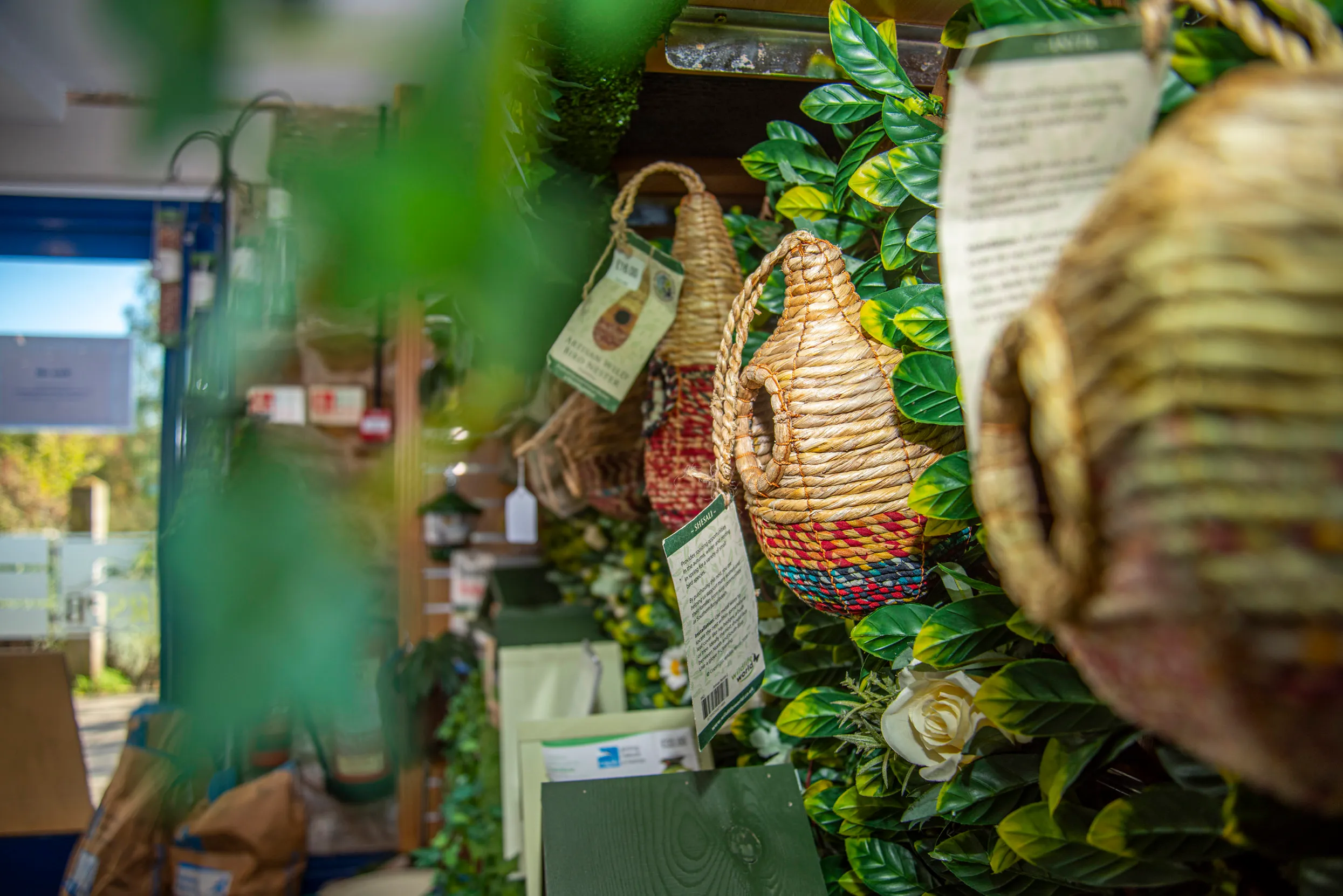
We all need a safe place to live and for wildlife it’s no different. One of the biggest causes of wildlife declines is a lack of suitable habitat.
In addition to providing insect-attracting plants on which they can feed, we can give birds a helping hand by offering cosy bird boxes and nest sites. Whatever the size of your outdoor space, this is a really easy way to help the nature on your doorstep.
It seems so simple, but providing nestboxes is one of the easiest ways to help birds in your outside space. Putting out bird food is great, but if birds don’t have access to nesting sites, they won’t have anywhere to raise the next generation. It’s also key that the nest sites are nearby to foraging locations, where they can find plenty of invertebrates without leaving the nest for too long.
Different birds prefer different-sized nestboxes and entrance holes – it’s all about safety and shelter. A hole that is just about big enough for them to squeeze through means nothing larger can reach them, and they are also well protected from anything the weather can throw at them.
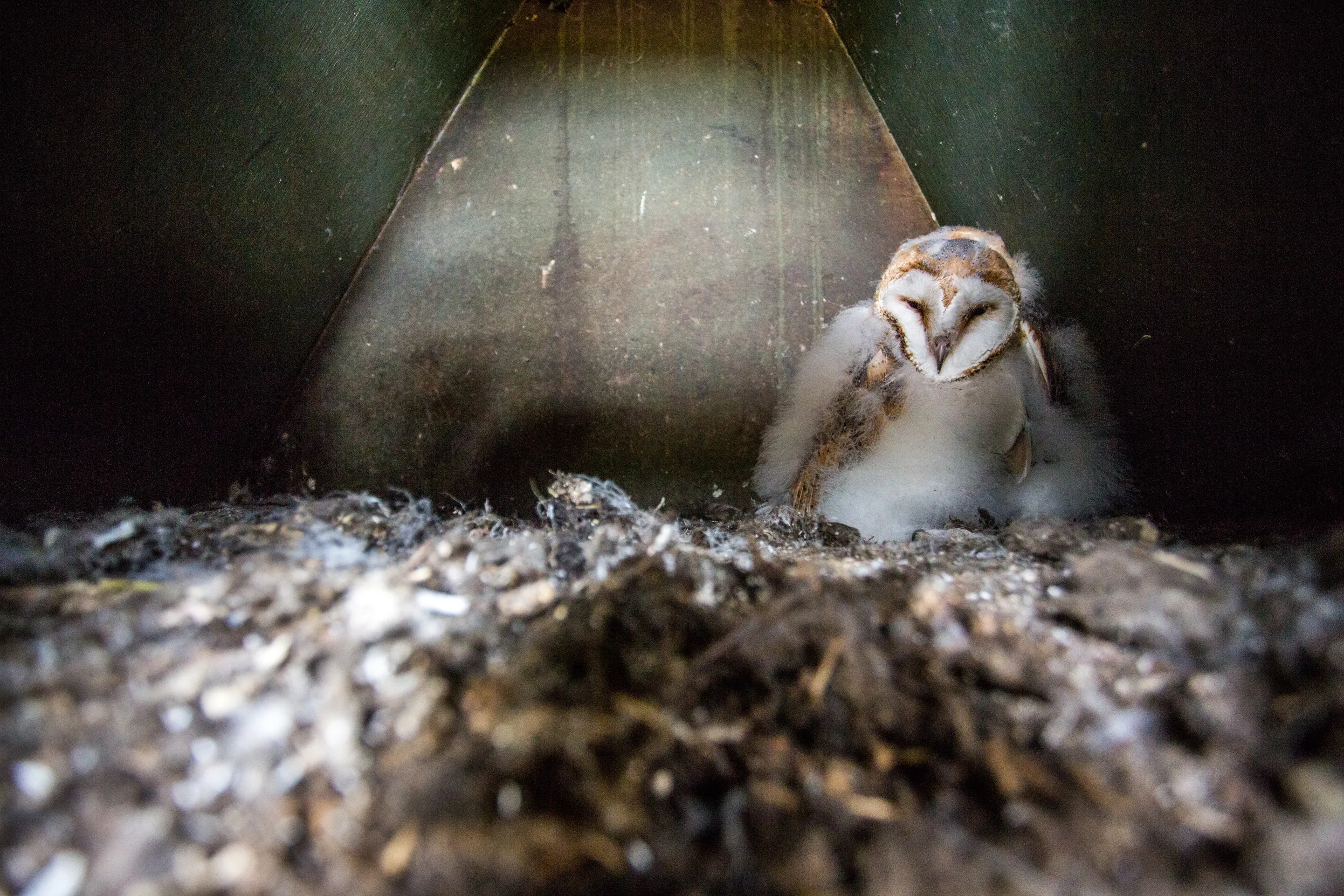
The problem is that our gardens and balconies can be rather short of natural holes. Our trees are often not old enough to have developed the nooks and crannies that wildlife craves, and we tend to patch up holes in our buildings.
Luckily, it’s quick and easy to add artificial homes in the form of nestboxes. Why not get your whole street involved? Chat to your neighbours and see if they’d be keen to make your street a Sparrow Street or Swift Way by putting multiple boxes up at once. You could organise a day to put up all the nestboxes together.
Starling numbers have plummeted, but they readily take to new nestboxes. Give them a safe place to roost and raise chicks with a DIY Starling nestbox.
As we’ve renovated and lost many old buildings, Swift nest sites are disappearing, causing their numbers to decline dramatically. Welcome them back with a Swift box.
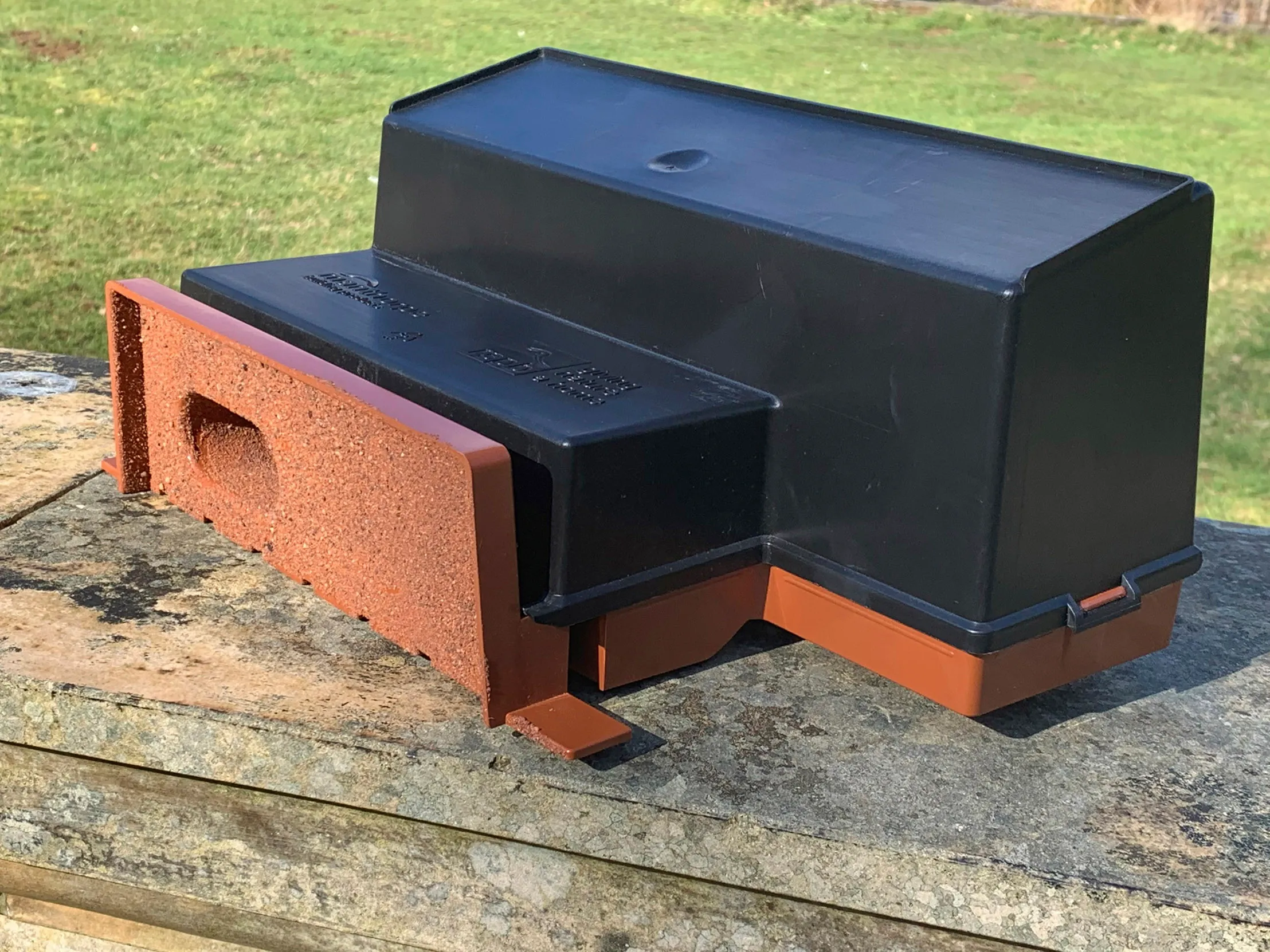
Introduce a nestbox or two and give House Sparrows somewhere to raise their chicks. These chirpy, cheeky birds are a wonderful addition to any outdoor space. Create your own tweet street.
Seen a friendly Robin around the garden? They don't use conventional boxes with a hole. Instead they like what is called an 'open front nestbox' where, instead of a hole, the front is cut in half. Find out more about making and placing a nestbox here.
Well designed and properly sited boxes help. About half the UK population of Barn Owls now nests in boxes.
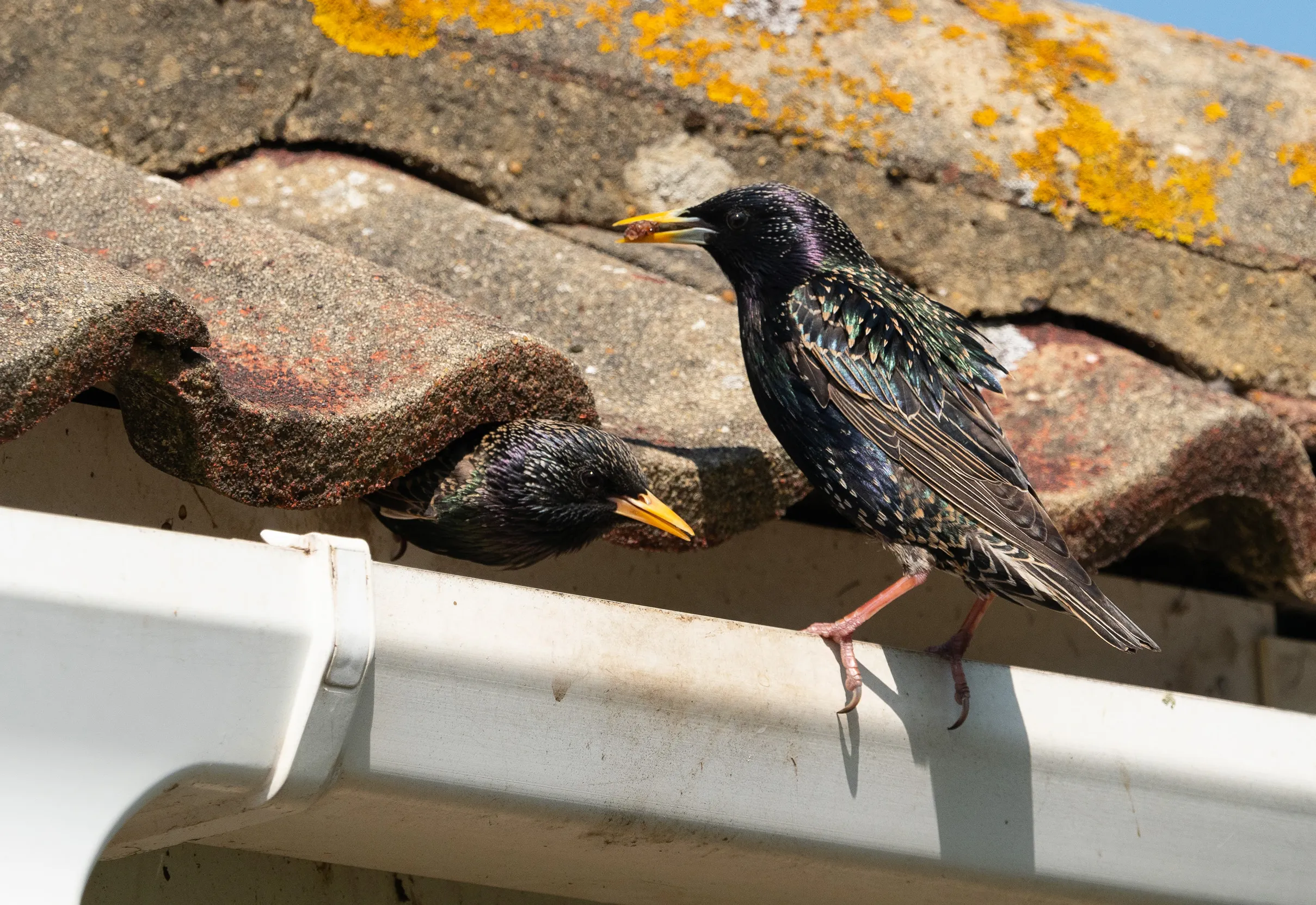
If you like a spot of carpentry, you can knock up your own nestboxes, and we have several templates for you to follow. But if you’re not Handy Andy, there are plenty you can buy, starting with our wide selection in the RSPB shop.
We recommend that nestboxes are cleaned and old nests removed in the autumn. Ideally, do this from September onwards, but make sure the nest is no longer active – some species can nest right through September.
Always wear gloves while cleaning nestboxes or bird feeders. Take the box down and empty out the nest material. Any unhatched eggs can only be removed legally between September and January (August-January if you're in Scotland), and must then be disposed of. It is quite normal for a few eggs to fail to hatch, or for some young to die.
Use boiling water to kill any remaining parasites, and let the box dry out thoroughly. Don’t use insecticides or flea treatments – these could be harmful to chicks.
If you place a small handful of clean hay or wood shavings (not straw) in the box once it's totally dry after cleaning, small mammals may hibernate there, or birds may use it as a roost site. Then, replace the lid and re-hang, ready for next year.
Natural nest holes aren’t cleaned, so it’s not the end of the world. As it gets close to spring, it’s best to leave nextboxes be so as not to disturb the birds. Wait until the end of the nesting season and do an annual autumn clean.
Putting a nestbox up allows you to watch some fascinating bird behaviour up close. Here are a few things to look out for.
Tits are regularly seen hammering away at the entrance hole of a nestbox. This is probably a form of display by the male, rather than an attempt to enlarge the hole.
Later, the female will also peck vigorously: natural holes may have all the surrounding bark chipped away. This may help her to judge how soft the wood is and whether the hole will provide a safe, predator-proof home in which to raise her brood. Blue and Great Tits will also hammer at the inside of a box or nest hole, perhaps as a form of display.
Nuthatches leave tell-tale signs of their residence in a nestbox. They peck at the entrance hole, deliberately enlarging it. They then plaster the edges of the hole with mud, making sure the hole a perfect fit for their bodies.
Pied Flycatchers are fast nest builders. They have been known to take over a nestbox in use by another bird, and build their own nest and lay eggs on top of a fresh clutch – or even live chicks – within days.
Many birds roost in nestboxes, especially during a cold winter night. These roosts are often shared, with the birds packing together for extra warmth. The record number of birds found in one box is 61 Wrens.
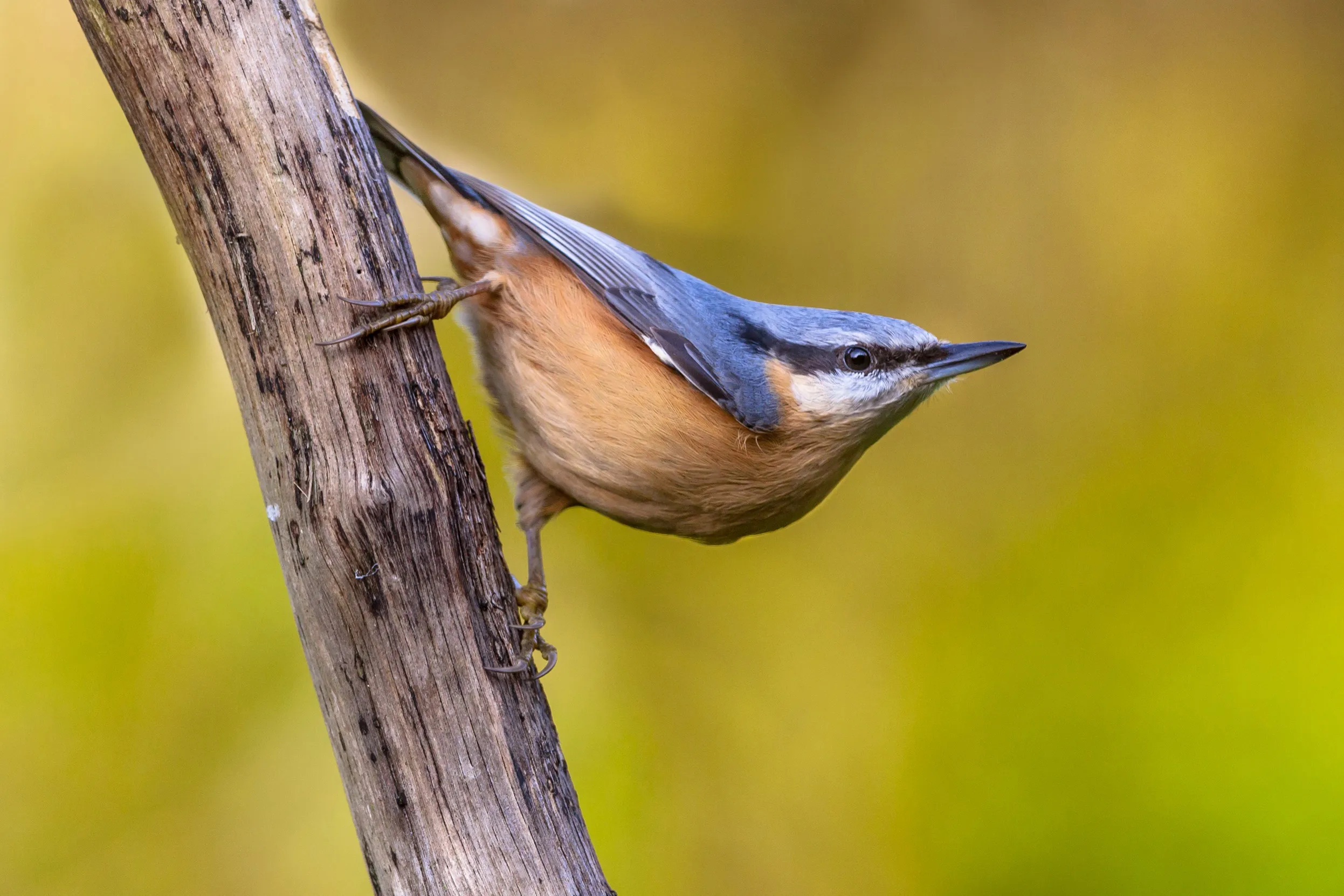
There’s so much joy to be had from watching wildlife move into the accommodation you’ve provided. And with many boxes these days coming with mini-cameras so you can live stream the action, there’s every chance to turn it into a daily drama come spring.
Birds aren't the only things that like to enter nestboxes. Predators and insects may also take up residence.
Birds such as House Sparrows and Starlings often take over nesting holes used by tits. Most tits are able to defend a box successfully, provided that the intruder cannot get inside. A hole size of 25mm will exclude larger species. Do not fix a perch on the front of any box, as this will encourage intruders. Birds don't need a perch in order to use the box.
By putting up nestboxes with different-sized holes, you'll cater for a variety of species. Please remember that House Sparrows and Starlings are in serious decline and may need help even more than the tits. Do not place sparrow boxes too close to ones intended for other birds, especially House Martin colonies.
Nestbox predators include cats, squirrels, rats, mice, stoats, weasels, woodpeckers and, in the case of open-fronted boxes, members of the crow family. As predators mainly hunt early in the morning, most people are unaware of their presence.
A metal plate fixed around the entrance hole may deter woodpeckers and squirrels, while spiky vegetation, such as gorse or rose clippings above and below the box will give some protection against most mammals, such as cats.
You can find the RSPB-approved CATWatch cat deterrent in the RSPB shop.

Bees, wasps or earwigs will, on occasions, take over nestboxes. As many of the insects are useful food for birds, it is best to leave them alone. Insects often move in after birds have finished nesting, and any young found dead are likely to have died of other natural causes.
It is not unusual for the same type of insect to return to the box in subsequent years. Leave that box in situ as a bug box, and put up another nestbox a few feet away. It is rare for both to be lost to insects.